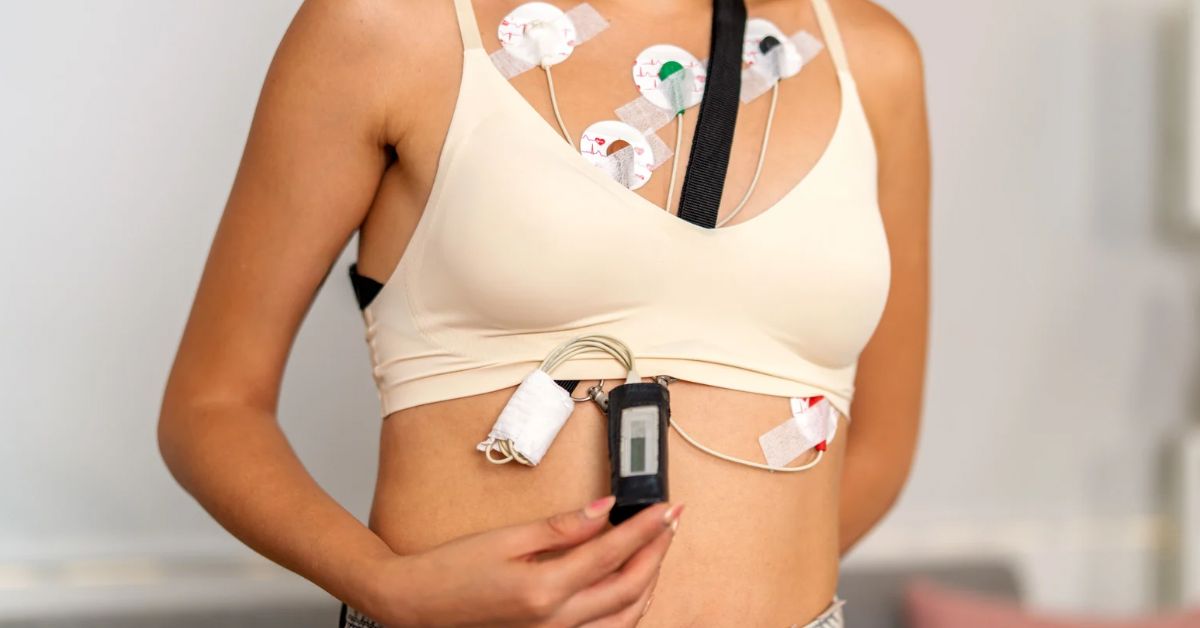How to Measure Your Resting Heart Rate at Home
Your resting heart rate (RHR) is like a secret code that tells you how well your heart is doing when you’re completely chill. It’s a simple yet powerful way to check your cardiovascular fitness, stress levels, and even your hormonal health.
According to the American Heart Association (AHA), a normal RHR for adults ranges between 60–100 bpm—but lower rates typically indicate better heart function and fitness.
Expert Insight: Your Heart Rate Tells a Story
“Tracking your resting heart rate every day is like checking your body’s dashboard,” says Dr. Alka Patel, a lifestyle medicine physician. “It can give you early signs of overtraining, illness, stress, or poor sleep.”
Your RHR can tell you how well you’re recovering, how hydrated you are, and even how stressed you are. That’s why many wearables now track it automatically.
Backed by Science: Why It Matters
A study from 2020, published in the European Heart Journal, revealed that folks with a resting heart rate above 80 beats per minute (bpm) had a much higher chance of developing heart disease and passing away sooner, even when considering other factors like age and weight.
Athletes and super active folks usually have resting heart rates below 60 beats per minute. This shows how being fit and living a healthy lifestyle can make a big difference in how your heart works.
How to Measure Your Resting Heart Rate at Home
Option 1: Manual Method (No Equipment Needed)
- Take a break and stretch out for 5–10 minutes. It’s best to do it first thing in the morning.
- Feel the rhythm of life by using your index and middle fingers to locate your pulse on your wrist (radial artery) or neck (carotid artery).
- Count the number of beats for 30 seconds, then double it.
Example: 34 beats in 30 seconds = 68 bpm
Pro Tip: Don’t use your thumb it has its own pulse.
Option 2: Use a Wearable or Smartwatch
Most modern wearables—like the Apple Watch, Fitbit, Garmin, and Oura Ring—track RHR automatically and graph trends over time. Some even warn you of significant spikes or dips, useful during illness or stress.
What Your Numbers Mean
| RHR Range | What It May Indicate |
|---|---|
| 40–59 bpm | Excellent fitness (esp. in athletes) |
| 60–80 bpm | Normal and healthy for most adults |
| 81–100 bpm | High-normal; may indicate stress, dehydration, or low fitness |
| Over 100 bpm | Tachycardia – consult a healthcare provider |
When to See a Doctor
- Sudden spikes in resting heart rate (e.g. +20 bpm without reason)
- RHR above 100 bpm consistently at rest
- Dizziness, shortness of breath, or palpitations
- RHR below 50 bpm if you’re not an athlete
Visit the Mayo Clinic for more symptom-specific guidance.
Wellness Tips to Improve Your RHR
- Prioritize deep sleep
- Add daily light movement or walks
- Try breathwork and stress-reducing routines (like vagus nerve activation)
- Eat heart-healthy meals rich in magnesium, potassium, and antioxidants
- Reduce stimulants like caffeine, nicotine, or alcohol before bed
Want to know more about your health? Checking your resting heart rate is super easy and doesn’t need a doctor or fancy tech. Just start tomorrow morning and see what one number can tell you about your stress, recovery, and how long you’ll live.
Check out the healthlynic ✔️approved range of products for Weight Loss, Improve metabolism and much more!







